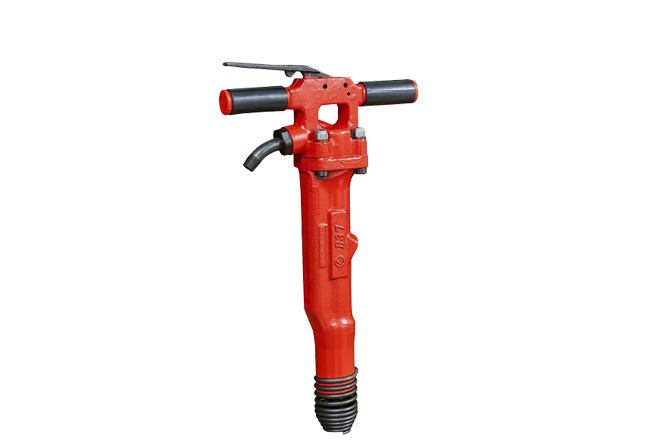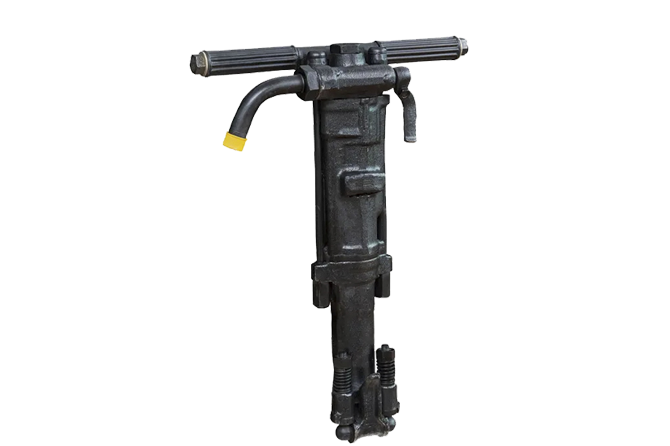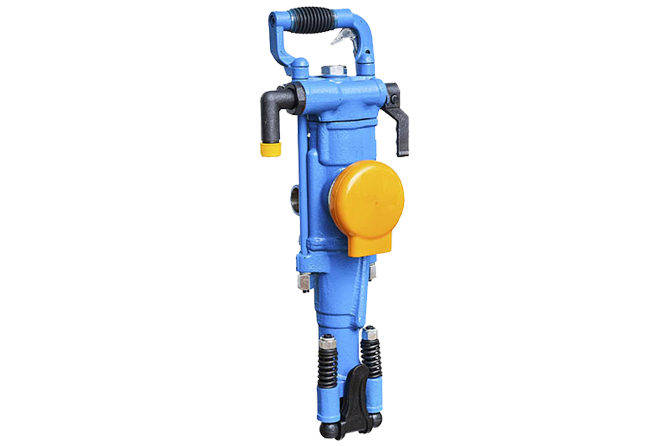Two of the most ubiquitous pieces of equipment found in the building and demolition business are jackhammers and drills. These machines can be utilized for a variety of reasons, such as boring, chiselling, and many other functionalities. Furthermore, they are both energized via electricity.
A jackhammer is an exceptionally heavy-duty device that packs a punch when breaking down tough substances such as concrete. Powered by either a gas- or electric-powered air compressor, this tool contains an air hammer which drives a chisel or drill bit into the material when the trigger on the handle is pulled. Unfortunately, due to their formidable volume, it is essential when handling a jackhammer to don some ear protection to protect your hearing.
For making indents in soft items such as metal, wood and plastic, drills are the go-to tools. They come in small, lightweight packages, and offer various interchangeable drill bits to produce differently sized holes. Fueled by electricity, the typical drill is the cordless variant which runs on rechargeable batteries. But for tougher jobs, you’ll likely need an air-run drill – these have more torque and require higher amounts of energy.
Jackhammers and drills are both key components in the construction and demolition sectors, offering distinct qualities that make them suitable for different tasks. While the former is more robust, making it fit for breaking down hard surfaces such as concrete, the latter is more flexible and best-suited for drilling into softer materials.
Operating a jackhammer correctly requires skill, knowledge, and the appropriate protective gear. To reduce the risk of injury, those using the equipment should wear safety glasses and earmuffs, and recognize both the magnitude of thrust and strength of the air hammer.
Compared to a jackhammer, the use of a drill is usually much simpler and requires just a fraction of the strength and technique. Unfortunately, due to its lesser power, it is unsuitable for smashing concrete or objects made from hard substances. However, it should serve its purpose admirably when used on softer materials for making holes.
In the construction and demolition field, having the right tool is integral to successfully completing the job. Jackhammers and drills each offer their own set of advantages and disadvantages. Depending on the scope of the project and the materials being worked on, one will be better fit than the other. Jackhammers can create more force for those tougher tasks, while a drill has a more varied usability when dealing with delicate materials.
Handymen with a toolbox of power tools have a secret to success: a jackhammer and drill. These two pieces of equipment make tedious jobs simpler, from creating openings in walls to chipping away tough asphalt. With operate power and precision, these tools are nothing short of remarkable for executing any challenge.
Possessing an ergonomic handle and long pointed bit, the jackhammer is a tool utilized for breaking up materials such as concrete and asphalt. With a specific hammering action, it embeds the tip into whatever material is present and starts pounding away until cracks form. From there, these fractured pieces become much simpler to remove. Despite their common connection to demolition projects, jackhammers are also prized for fixing roads and sidewalks.
A drill is a powerful apparatus, utilized to puncture surfaces, and enabled by a rotational, cutting motion. It can bring forth holes in practically any setting, perfect for the installation of objects like shelves and picture frames. In addition, drills are available in a wide array of sizes and power sources, ranging from electric outlets to rechargeable batteries.
Jackhammers are the perfect tool for demolishing large chunks of material, but their noise and dust can be a nuisance. Drills may take longer and lack the strength of a jackhammer, but the precision they provide is unparalleled. Ultimately, it comes down to personal preference as to which one is best suited for the job at hand.
Proper caution should be taken when handling either of these tools; jackhammers can be significantly hazardous with their dangerous kickback potential, but drills are generally accepted as the safer choice. Precision is much easier to attain using a drill, though it is important to stay vigilant and use these tools with the care it warrants – incorrect handling can still lead to injury.
In the end, a jackhammer and drill are indispensable tools that emit tremendous amounts of power. They can effectively accomplish a range of tasks, from crushing structures to creating soundless precision. Nonetheless, caution should be exercised when utilizing these tools to ensure safety measures are maintained.
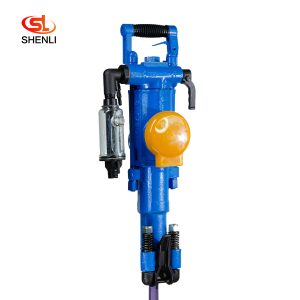
Short Description: YT29A air-legged rock drills are heavy-duty push-leg (air-legged) rock drills with low energy consumption, which are more suitable for drilling horizontal or inc […]
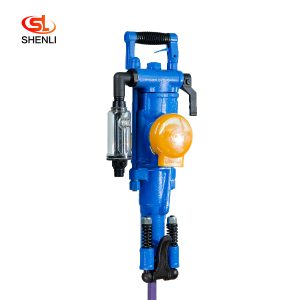
Short Description: The YT28 air-leg rock drill is a kind of high-efficiency, energy-saving and environmentally friendly rock drilling equipment. Compared with similar pneumatic pro […]
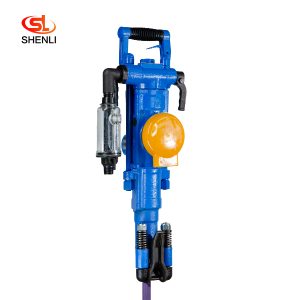
Short Description: The YT27 air-legged rock drill is a highly efficient lightweight rock drill suitable for downward or inclined drilling in medium-hard or hard (f=8 – 18) ro […]
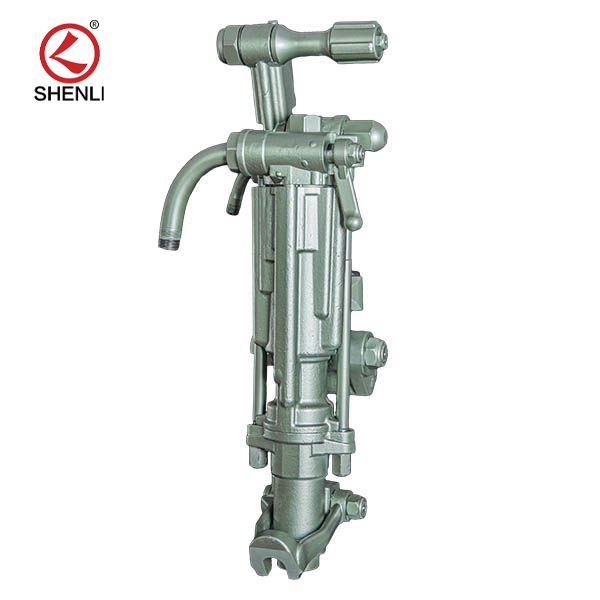
Product description: (S250 jackleg Drill) has been the preferred choice of miners who demand high performance, superior control and lasting reliability. the S250 jackleg allows ope […]
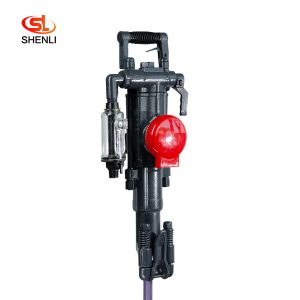
Scope of application: Model S82 air-legged rock drills are heavy-duty air-legged rock drills with high efficiency and low consumption, which are especially suitable for use in the […]
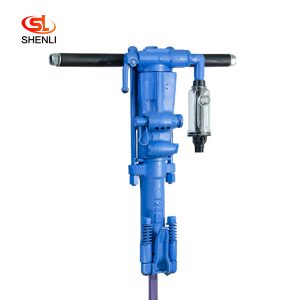
Product introduction Y26 hand-held rock drill is mainly used for drilling shell holes and secondary blasting in mines, railroads, water conservancy, and rock works, which can dry a […]
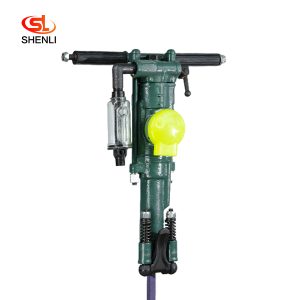
Product description: Y24 hand-held rock drill is a variant of YT24 air-leg rock drill in our factory. It has the advanced level in China and was rated as the high quality product i […]
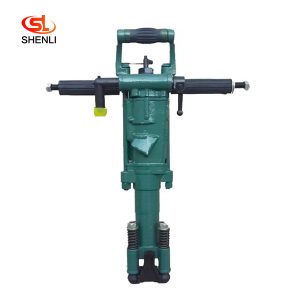
Product description: Y20LY hand-held pneumatic leg dual drill is a kind of light rock machinery, which can be used in secondary blasting in mines and quarries as well as in stone w […]
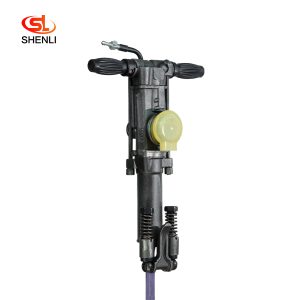
Product Description: Y18 hand – held and air – leg drill is suitable for drilling and blasting holes on soft, medium and hard rocks and W-1.5/4, W-1.8/5, W-2/5 and othe […]

